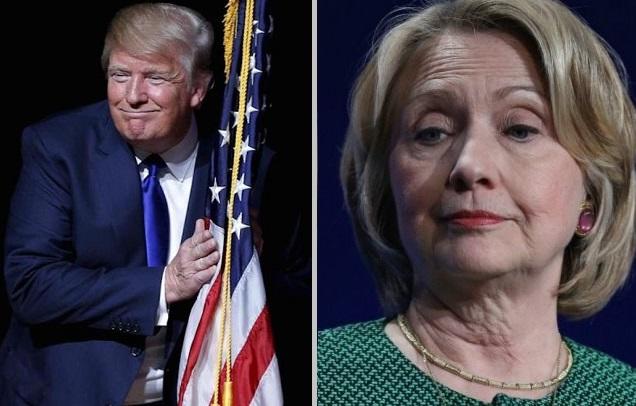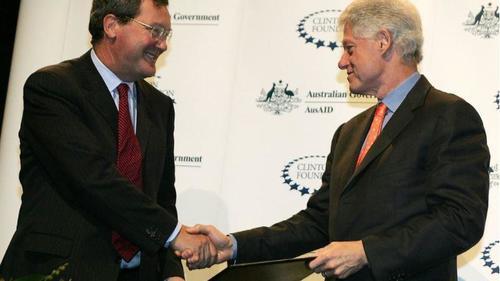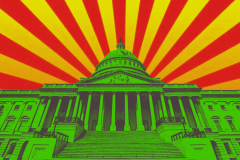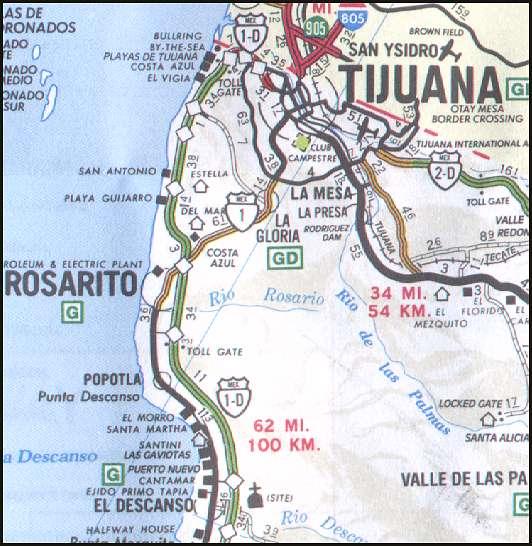Back in March, we asked a simple question: Can Russia & China Rescue Venezuela?
Realistically, and in retrospect, the answer was always no, but the reason we asked the question was simple: both China and Russia have extended massive credits to Caracas, and Maduro’s regime in particular. As such, letting the country “die” was never an option that either Beijing or Moscow would gladly accept; neither was it an option to allow a transition in Venezuela’s top power echelons, one which replaces the pro-Russia and China Maduro regime, with another regime which would, supposedly, be supported and endorsed by the US, and thus jeopardize Venezuela’s obligations to the two nations.
And, as we also said last March, “chances are that Washington is aware of the role that China and Russia play there. Otherwise [Washington] would have already gone ahead with the broad oil sanctions, despite potential headaches for U.S. refineries.”
Ten months later, something changed and whether due to Trump’s urge to once again deflect attention from the domestic political chaos surrounding the government shutdown, Trump decided to escalate his long-running feud with Venezuelan President Nicolas Maduro, who on Wednesday announced cutting diplomatic ties with the US after opposition leader Juan Guaidó declared himself the country’s interim president and Trump formally stated his recognition of Guaidó.
In other words, currently, there are “two regimes” coexisting in Venezuela, which brings severe risk of political turmoil.
The quick US recognition led nations of the Lima Group to imitate and recognize the Venezuelan opposition regime. Nonetheless the country’s Defense Minister Vladimir Padrino López refused to recognize Guaidó, saying the military will defend the constitution and sovereignty.
Shortly after this initial escalation, we reported that the Russian foreign ministry stated that Moscow supports Maduro and accused the US of attempting regime change, “which is the nation’s internal affair.” Meanwhile, despite Maduro ordering the US to vacate its embassy “within 72” hours, Washington has refused to do so, and has warned that any escalation would be seen as a provocation.
Yet while Russia’s support of the Maduro’s regime was to be expected, the big question is how China would react to the quasi-coup taking place in Venezuela.
Today, the headline article in China’s nationalist Global Times provided the answer, when Beijing effectively slammed what it saw as US interference in Venezuelan issues, noting that “in recent year Washington has enhanced its interference in affairs of Venezuela and Cuba and attempted to regain influence in Latin America. The fast recognition of Guaidó signaled the strong US desire to intervene in Venezuela’s internal affairs.“
According to the Global Times, “the move was aggressive with a clear goal, that is, to directly affect the the country’s political landscape” and escalated by saying that “from the viewpoint of maintaining the system of international law, such interference must not be encouraged” as “independence and sovereignty are the most important defense for most countries to safeguard their own interests. If any outside forces stick their nose into a country’s major internal affairs based on their values, there will be a huge loophole in the international order.”
Needless to say, China will not stand for that, especially since as the Global Times warns, “for a long time, the US has been eager to replace international law with its geopolitical interests and values so as to legalize its interference.”
And the punchline of Beijing’s criticism:
“Washington has confused right and wrong by calling some normal interactions interference and penetration.”
The criticism continued when the authors said that “Washington’s move obviously forced Latin American countries to pick a side: left or right. Washington worsened disputes in these countries and damaged regional integration.”
In other words, it is now the turn of China – the same country that believes the South China Sea is its undisputed territory and no foreign interference is permitted – to play the role of the moderate, diplomat saying that “it is unfortunate for Venezuela to experience two coexisting regimes. As long as the incident does not lead to bloody conflicts that trigger a humanitarian disaster and force the international community to step in, the political disputes should be solved, in the first place, by the country’s different political forces.”
What does Beijing propose? Simple: “All sides must keep calm and be alert about possible provocation to militarily intervene in Venezuela” and further adds that “the international community should encourage forces of Venezuela to peacefully solve the issue within the framework of dialogue. Picking sides will not be conducive to the solution, but intensify the rivalry, worsen the situation and possibly push the nation into long-term turmoil.”
The op-ed’s diplomatic conclusion: “Venezuela should not be another bloody battlefield of the color revolution”, with the implicit suggestion all too clear: China, whether with or without Russia, will not allow the US to conduct another “color” coup in Caracas and usher in a new, pro-US regime, one which wipes out all the goodwill China (and Russia) have built up with the Maduro regime over the years in the form of billions in vendor financing loans. Whether China will actually interfere physically to preserve its national interest in Venezuela is a separate, if absolutely critical matter, and hopefully the world won’t have to find out Beijing’s resolve to counteract what it now sees as the latest attempt to interfere in a Latin American nation.
via ZeroHedge News http://bit.ly/2DwUgZK Tyler Durden

 Members of Chicago’s City Council are absolutely aghast to discover a snitch among their own—an alderman who was secretly wearing a wire to help the feds investigate corruption. And they appear to be angrier about the recordings than the actual corruption.
Members of Chicago’s City Council are absolutely aghast to discover a snitch among their own—an alderman who was secretly wearing a wire to help the feds investigate corruption. And they appear to be angrier about the recordings than the actual corruption.









 Nine governors, all Democrats, get A grades in a new
Nine governors, all Democrats, get A grades in a new